Share Your Stories
YEAR OF NEWS :


Wednesday, February 19, 2020
Blessings- What is it?
Ultimately it is the constant cleanliness, lightness and peacefulness of our inner world.
It is full of:
Happiness
Health
Friends
Compassion
Wisdom
Healthy body and mind, ease of body and mind, contentment of body and mind.
Contentment with our environment, with others.
No stress, no pressure. Full of thanksgiving and gratitude.


In this, the Buddha’s first teaching2 he expounded on the middle way between asceticism and indulgence, and also taught the Four Noble Truths. With this teaching he set in motion the Wheel of the Dharma--the teachings of Buddhism. The Four Noble Truths are thus the foundation of the Buddhadharma. Tounderstand, to practice, and to realize the Four Noble Truths is to realize the whole of the Buddhadharma. While most Buddhists may understand the Four Noble Truths to some degree, not everyone may be clear about all their implications. Therefore beginning today, I will explain and try to clarify these four truths as spoken by the Buddha.

Soon after he realized full enlightenment, the Buddha wanted to share his discovery with all sentient beings. He traveled a hundred-fifty miles on foot from Bodhgaya, where he experienced illumination under the bodhi tree, to the city of Sarnath in Benares. His purpose was to seek out five monks1 with whom he had previously practiced asceticism. The monks had left him when he turned away from asceticism to follow the middle way. Now he had become enlightened and in his great compassion wanted to help his friends find the path to liberation. So his very first teaching as the Buddha was to these five monks at a grove near Sarnath called Deer Park.
《Setting in Motion the Dharma Wheel》p. 0002

Giving is receiving. I am sure we have all heard of that expression before, but to experience it fully is another thing.

I was born on a farm in the countryside near Shanghai. At the age of thirteen I left home to become a Buddhist monk. The local monastery I entered, like most others in China, was called a Ch'an temple. But, in fact the theory and practice of Ch'an was almost never discussed there. As young monks, most of us did not have any clear idea of what Ch'an practice really was. Our training simply consisted of the rigorous discipline prescribed for monks ─ everyday activities such as washing clothes, working in the fields, cooking and performing daily services. We also studied major sutras such as the Amitabha, the Lotus, and the Diamond sutras. Daily chores, however were not a problem for me; the worst thing was memorizing sutras. There were so many to master, and I felt very stupid. My master told me, "Your karmic obstructions are very heavy. You should make a strong effort to atone for them. Go prostrate to Kuan Yin Bodhisattva."
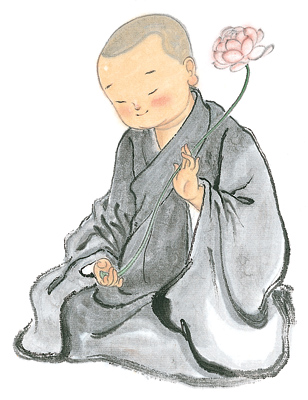
In the Sung Dynasty, Ch'ang-lu Tsung-tse 長蘆宗賾 wrote the Tso-ch'an i 坐禪儀, The Manual of tso-ch'an. In it, he said that a person who has just experienced Buddha-nature should continue to practice tso-ch'an. Then it is possible to become like the dragon who gains the water, and the tiger who enters the mountains. The dragon gaining the water returns to his ancestral home, and is free to dive as deep as he wishes. The tiger entering the mountain has no oppsition; he may ascend the heights and roam wherever he wills. So Ch'ang-lu is saying that practicing tso-ch'an after enlightenment enhances and deepens one's realization.
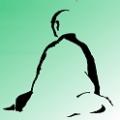
“Leave all previous instructions and experiences outside the Chan Hall” with these words the Retreat Master, Venerable Chang Hui, encouraged the retreatants to come to the retreat with a fresh and open mind uncluttered by what we have heard or experienced before. I began the 7-day retreat with the mind of a newly born baby, at least I tried to do so. This will be my fourth Huatou retreat and I was looking forward to enhance my practice, which often felt a bit disorganized. Sometimes I yearned for the simplicity and linear approach of observing one’s breath. But I was determined to stay with Huatou despite my difficulties.
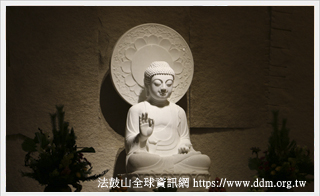
Once, after the Buddha gave a sermon to his senior disciples, he picked up a flower and without saying anything, held it up before the assembly. All the monks, except one, were mystified. Mahakasyapa alone knew the Buddha's meaning, and saying nothing, smiled. Thus, the Buddha transmitted to Mahakasyapa the wordless doctrine of Mind. Although this incident preceded by over a thousand years the rise of Ch'an, it is often cited as an example of an early kung-an.
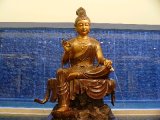
The term Mo-chao Ch'an 默照禪, Silent Illumination Ch'an is associated with the Sung Dynasty master Hung-chih Cheng-chueh 宏智正覺(1091-l157). However, the practice itself may be traced back at least as far as Bodhidharma. In his treatise The Two Entries and the Four Practices, the Entry by Principle was described as "leaving behind the false, return to the true: make no discrimination of self and others. In contemplation, one is stable and unmoving, like a wall."
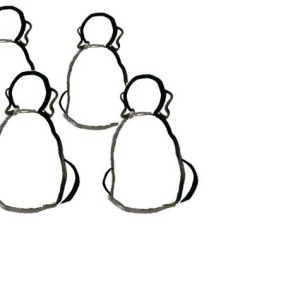
At the beginning of this article we said that the term tso-ch'an had both a comprehensive and a specific meaning. The comprehensive meaning refers to any type of meditation based on sitting, including the fundamental methods and the "outer path" approaches described above. The specific meaning refers to the specific methods developed and used by the Ch'an masters to attain the state of seeing Buddha-nature. This is also referred to as seeing self-nature, wu 無, or in Japanese, kensho. The two major methods of Ch'an which have come down to us are the method of Silent Illumination 默 照 and the method of the kung-an 公案. Each of these methods ultimately led to the founding of a major branch of Ch'an Buddhism, respectively the Ts'ao-tung 曹洞 (Soto) and the Lin-chi 臨濟(Rinzai) schools.
《TSO-CH'AN》p. 0019-0020
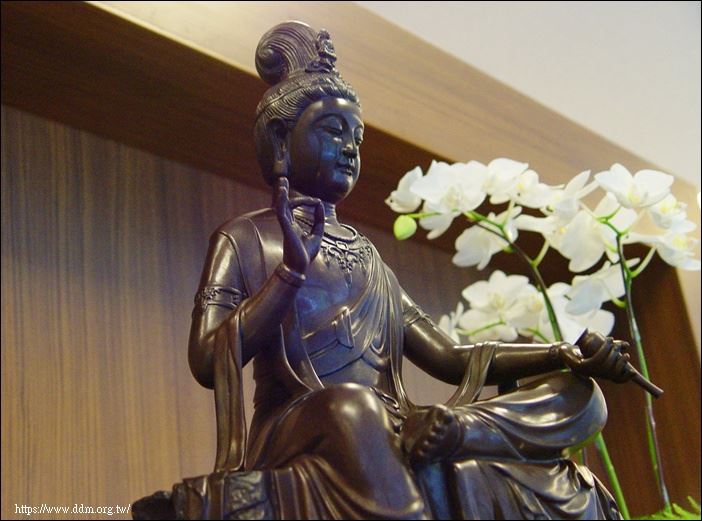
In his Liusu t'an ching 六祖禪經, The Platform Sutra, Hui-neng 惠能 says that if one were to stay free from attachment to any mental or physical realms, and to think of neither good nor evil, that is, refrain from discriminating, neither thought nor mind will arise. This would be the true "sitting" of Ch'an. Here, "sitting", not limited to mere physical sitting, refers to a practice where the mind is not influenced, disturbed, or distracted, by anything coming up, whether internally or in the environment. If you were to experience your self-nature, this would be called "Ch'an" (Kensho in Zen). To see self-nature is to see one's own unmoving Buddha-nature, and is the most fundamental level of enlightenment. Without tso-ch'an in this sense, one cannot attain Ch'an. Hence tso-ch'an is the method, Ch'an the result. Since Ch'an is sudden enlightenment, when it occurs, it is simultaneous with tso-ch'an.
|